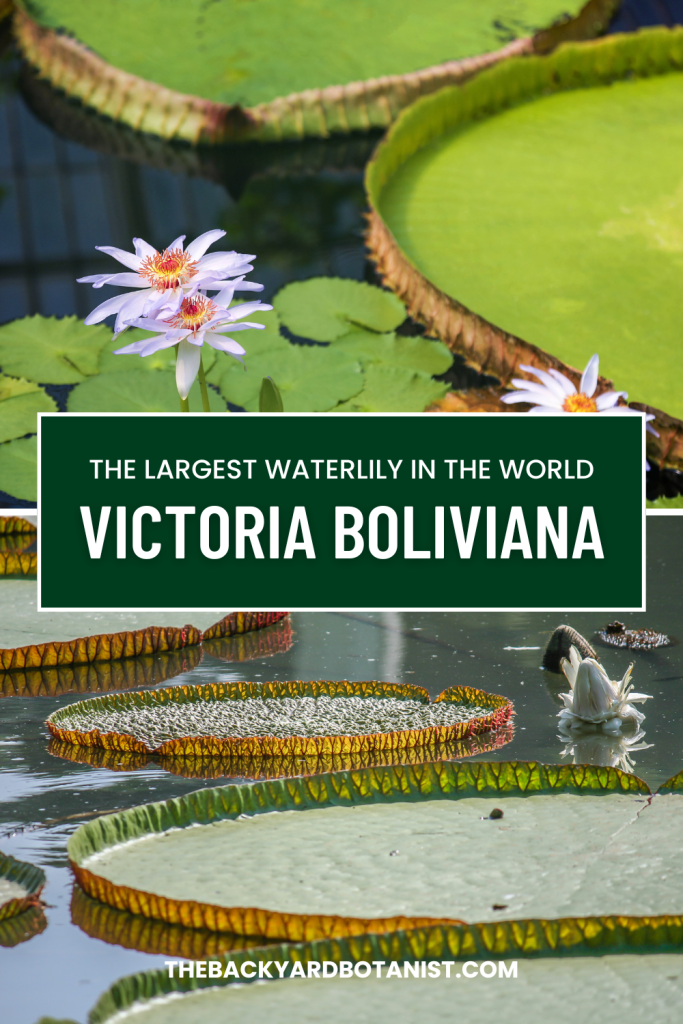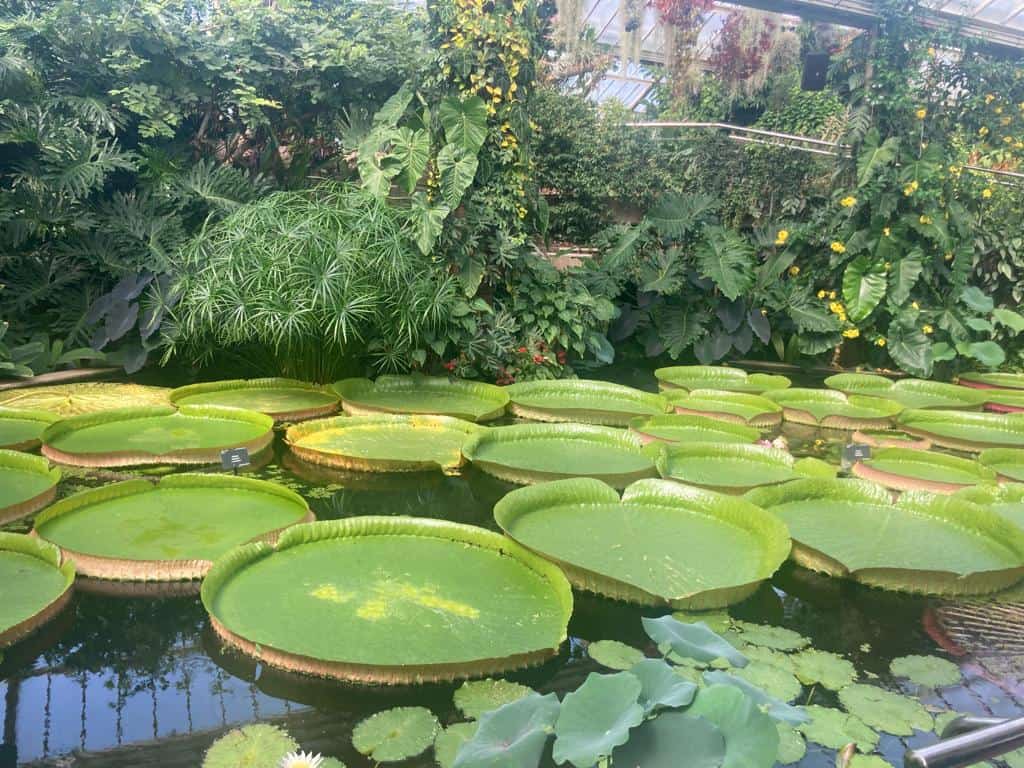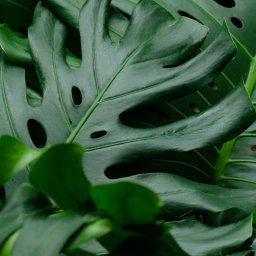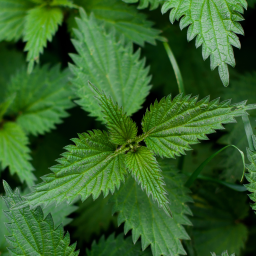Victoria boliviana
Victoria boliviana AKA the Bolivian water lily is the largest water lily in the world. It was officially identified as a new species in 2022 in a collaboration between Kew Gardens, Santa Cruz de La Sierra Botanic Garden and La Rinconada Gardens.
Where are they
Victoria boliviana’s are native to the Bolivia, endemic to one of the floodplains of the Llanos de Moxos in the Amazon basin.
Size
The world-record breaking leaves can reach over 3 metres wide and has been recorded to be able to support the weights up to just under 80 kg. Its leaves aren’t only the largest water lily leaves but also the worlds largest undivided leaf of any documented plant.
Leaves
The incredibly large leaves are petiolate meaning they have a petiole, or a stalk. The petiole allows for the leaves to float at varying distances from the stem.
Victoria boliviana’s leaves are orbicular, meaning they have a shape resembling that of a circle. The surface of the leaf, also known as the lamina, has a rim that reaches 7cm tall and is covered in sharp prickles.
The abaxial leaf surface (the underside of the leaf), has pronounced reticulate venation. In simpler terms, the veins on the underside of the leaf are in a interconnected in a net-like pattern.
Flowers
The flower buds of this botanical marvel develop underwater, emerging above the surface once ready to bloom. The flowers open over two nights, and change from a blossom pink to a snow white. The leaves are not the only part of this plant that bear spiny petioles, as the flower also uses this tactic for protection.
Victoria boliviana can only put out one flower at a time, however what they lack in quantity they more than make up for in size; as the flowers can reach up to 36cm wide!
The flowers are thermogenic, meaning they produce heat, attracting beetles from the family Cyclocephala to come and pollinate them.
Differences between Victoria boliviana and Victoria amazonica
Victoria boliviana is one of 3 in the Victoria family, the others bing V. amazonica and V. cruziana. It had previously been identified as V. amazonica due to their many shared characteristics, however there are enough distinct differences to prove that it is in fact a different species.
V. boliviana possesses larger seeds with a volume of over four times as large as that of V. amazonica and v. cruziana.
The Bolivian waterlily also lacks trichomes ( hair, bristles, prickles or scales) on its outer tepals (parts that cannot easily be classified as petals or sepals) and on the ovary.
Etymology
The name genus name Victoria came from the queen of England, Queen Victoria in 1852, and the species name relates to the plants origin in Bolivia.
Threats
It is estimated that this incredible plant falls on the ICUN red list, in the catagories vulnerable and endangered.
Being vulnerable means that it is considered to be at high risk of human-caused extinction without human intervention.
And being on the endangered list means that it is at a very high risk of extinction in the wild.




